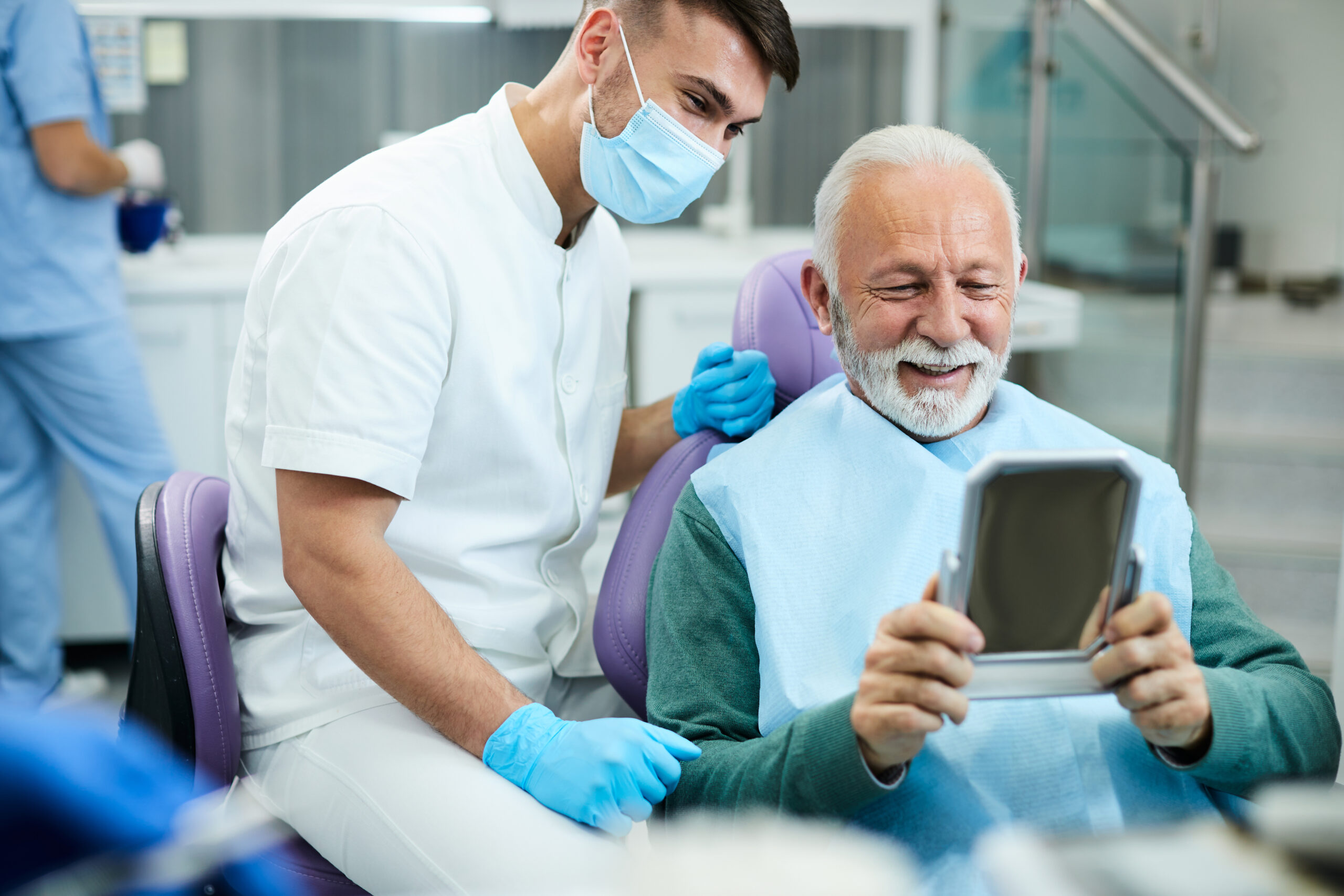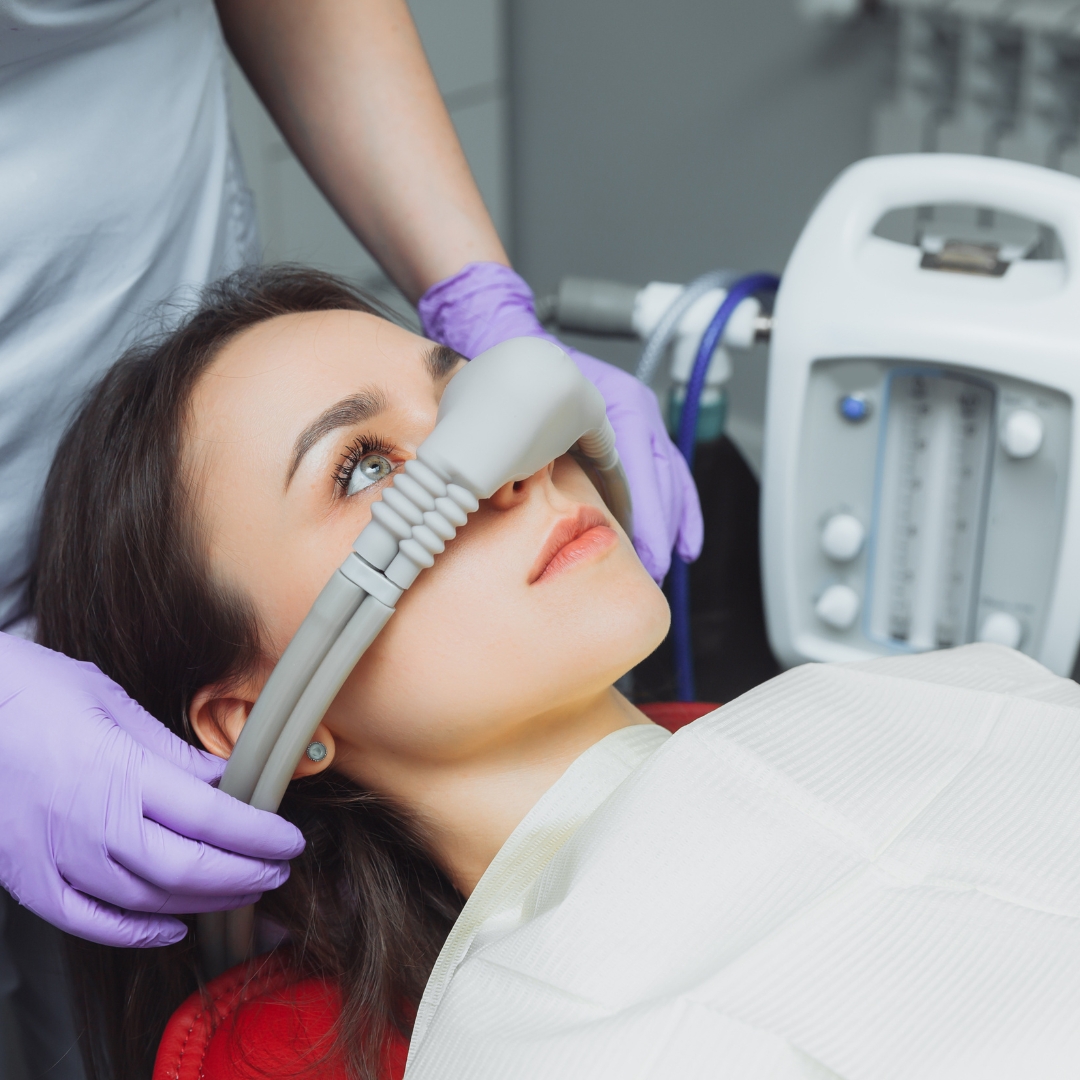A bright, radiant smile is often associated with confidence and vitality. However, various factors can lead to teeth stains, affecting the appearance of your smile. Understanding the different types of teeth stains can help you make informed choices about maintaining your oral health and achieving the dazzling smile you deserve.
- Extrinsic Stains: These are surface stains that occur on the outer layer of the tooth (enamel). Extrinsic stains are often caused by the consumption of dark-colored foods and beverages, such as coffee, tea, red wine, and certain fruits. Smoking and tobacco use can also contribute to extrinsic stains. Regular dental cleanings and proper oral hygiene practices can help prevent and minimize extrinsic stains.
- Intrinsic Stains: Intrinsic stains develop within the inner structure of the tooth (dentin) and are often caused by factors during tooth development or as a result of trauma. Intrinsic stains may appear as gray, brown, or yellow discoloration and can be more challenging to address. Professional teeth whitening treatments or other cosmetic dentistry options may be recommended to address intrinsic stains.
- Age-Related Stains: Over time, teeth naturally undergo wear and tear, which can lead to a gradual yellowing or darkening of the enamel. Age-related stains are a combination of extrinsic and intrinsic factors and can be managed with proper dental care and professional treatments.
- Tetracycline Stains: Tetracycline antibiotics, when taken during tooth development, can lead to significant discoloration. These stains may range from yellow to gray or brown and can be challenging to treat. Your dentist may recommend cosmetic procedures such as veneers or crowns to improve the appearance of tetracycline-stained teeth.
- Fluorosis Stains: Excessive fluoride consumption during tooth development can result in fluorosis, which may manifest as white or brown spots on the teeth. In mild cases, professional teeth whitening or microabrasion may help improve the appearance of fluorosis stains.
- Trauma-Induced Stains: Teeth that have experienced trauma, such as impact or injury, can develop dark spots or discoloration as a result of internal bleeding or damage to the tooth structure. Treatment options vary depending on the severity of the trauma and may include bonding, veneers, or crowns.
Addressing teeth stains often begins with a thorough examination by your dentist. A personalized treatment plan can then be developed to target the specific type of stain and achieve your desired results. Whether it’s professional teeth whitening, cosmetic dentistry procedures, or lifestyle adjustments, your dental professional will guide you towards a brighter and more confident smile.
In conclusion, the journey to a brilliant smile involves understanding the diverse types of teeth stains and tailoring your approach to effectively address them. Through a combination of regular dental care, professional treatments, and informed choices, you can navigate the spectrum of teeth stains and unveil a smile that radiates your inner vitality and beauty. Consult with your dentist to determine the best strategies for achieving your desired smile transformation.


